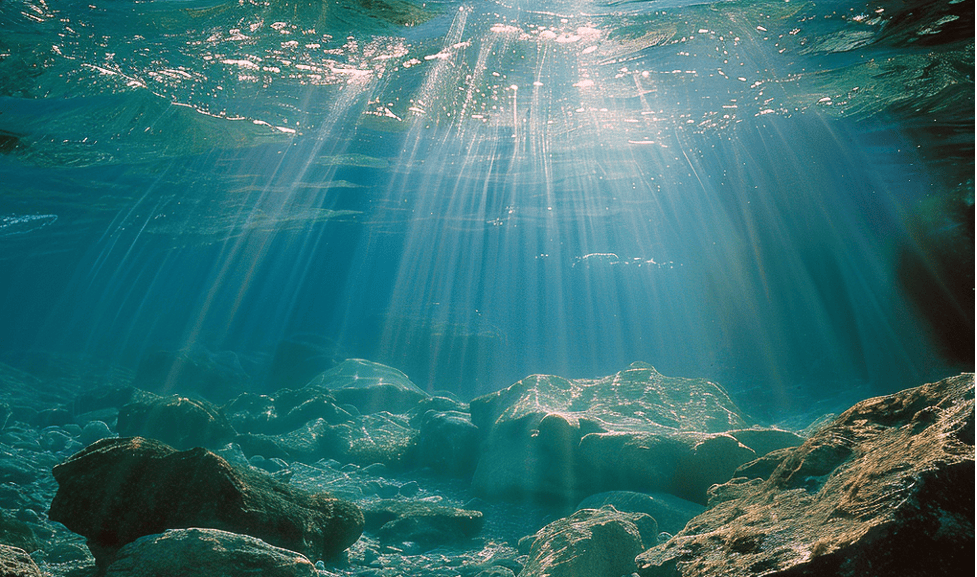How Resilience Deepens Depending On Who Is Resilient

How Resilience Deepens Depending On Who Is Resilient
By Ginny Whitelaw.
Originally published on Forbes.com on April 1st, 2024
Image created by the author using MidJourney
These are times that test leaders: climate extremes lead to devastation and migration, which fuel socio-political divisions and armed conflicts, fueling more devastation and migration. Technology marches into an AI future of unequivocal disruption, while social media amplifies our fear-based, stressed-out reactions to all of it. To be a positive changemaker, a healing force, in these times calls for more than the usual leadership skills. It calls for an extraordinary quality of resilience, what we might call deep resilience.
Look up “resilience” in the dictionary and you’ll find its ordinary definitions, as in the capability of a body to recover its previous form following a stress or, more generally, an ability to recover or adjust to change or misfortune. For us as human beings, resilience describes how we are in relationship to forces that would test us. It is a relational quality or resonance between us and reality. Our experience of being resilient depends on both sides of this relationship: the nature of oncoming forces and the nature of “us” interacting with them. We can meet these times with greater resilience by strengthening our self personally and in our relationships to others. But when we further engage in practices that reframe our sense of who we are, feeling one with others and the whole picture, resilience becomes extraordinarily deep.
How might we imagine this shifting sense of self so we can appreciate its connection with resilience? A recent paper by B. F. van Heel et al. on changes in one’s sense of self vis a vis nature offers a useful way to depict the expanding options. Figure 1 (used with permission) shows five different relationships between “I” and “Nature.”

For our purposes, “Nature” here can also stand for other people and beings, the whole picture, the entire universe, i.e., reality itself. Explored through the lens of Zen leadership (and may not represent the views of the paper’s authors), these five relationships have vastly different implications for resilience, as described below:
A. Self and Nature are separate. This view of a separate self-in-the-skin, or what I’ll call “local self” is the ego-bounded experience we generally grew up through and may also experience now. Resilience for this self-concept means (1) make yourself as strong as possible and (2) control whatever you can.
From this self-concept, it makes sense to extract as much wealth as possible (even if others are harmed), extract as much from the earth as possible (even if ecosystems are destroyed), build defensive barriers, take up arms or build an army, and destroy competitors. Such efforts can produce a bounce-back type of resilience, an exemplar being former President Trump. But because this self is but a speck of dust as compared with nature, there will always be forces that can crush it and it has not resolved the matter of its own mortality. It is always vigilant.
B. Self and Nature are intertwined. This is the view of the self we generally expand into as we develop empathy and a felt sense of nature, people and things we love and resonate with. We now understand something of the biological basis to this intertwining. For example EEG and MRI studies have shown that we physically synchronize with others in resonant conversation. Our somatosensory cortex makes maps of our environment and those maps are far more detailed with beings and objects we’re close to, from our garden to a musical instrument we play. As Dan Siegel, author of the Neurobiology of We observes, no human being survives without relationships. So, it’s no wonder that we’re shaped through and through by our relationships.
Resilience for this self-concept expands beyond individual toughness into reciprocal care within a network of relationships. These intertwined relationships with nature, people, or beings of all types contribute enormously to our resilience, even as caring for these relationships puts limits on how much we extract for our local self. When we feel a part of nature, we can be rejuvenated and guided by it and we reciprocate with care for it. When we feel a part of social networks, we can share our joys and grief and have many more ways to not only bounce back, but also adjust to changing conditions. Resilience for this self-concept increases with the extent of its intertwined network yet is still limited by the boundary between in-network insiders and outsiders. This self is a more rooted speck of dust in the scheme of things yet can still be toppled by larger forces. It has not yet resolved the matter of life and death but has become better resourced in how to stay alive.
C. Self and Nature as One. This view of self can be thought of as intertwinement taken to the limit or mystical union with all beings and things. This being one-with nature or the whole picture is the spiritual experience of many Indigenous cultures and mystical traditions. Even if we didn’t grow up in those traditions, it is learnable; it is the samadhi experience of Zen training and other meditative practices. It is the heart of Zen leadership because when we experience ourselves as the whole picture, we take care of the whole picture.
From this self-concept, which is a fluid self or no-self-at-all, deep resilience is possible. We’re no longer protecting or bouncing back as a fixed self, but meeting reality as it is. Feeling one with nature, we sense the birth and death cycles and seasons to all things, including our local self. We no longer mistake resilience as immortality for the local self, but rather it means caring for the local self enough that it can be of service to the whole picture, that is, our whole Self. If we are one with the whole picture, all forces arise within us. There are no larger forces to topple us and there is nowhere to be lost to. As Omori Sogen Roshi put it, “The true human body is the entire universe.” This experience is real and available.
D. Self is a Part of Nature. This self-concept reinstates a local self, but as an integral part of nature. Again, this self-concept may come about from an upbringing in an Indigenous culture or by spending a great deal of time in nature. It could also come about as one emerges from the samadhi of one-withness that, like all states, comes and goes. Now it’s time to get on with our work, call the meeting, answer the email, and pick up the kids. But this local self enjoys life with an ease and freedom the separated self did not have. Feeling fully supported by nature—or reality—this self is not afraid and is deeply resilient.
E. Self includes Nature. This expansive self-concept may arise as another phase of mystical union where it is as though “I” swallowed the universe or, as Walt Whitman put it, “I contain multitudes.” The self in this case is not the ego-based self, but the whole Self experienced through the portal of a body. As the whole picture, it is beyond the question of resilience. Reality is its own resilience.
The last three self-concepts—C, D, and E—support deep resilience. If we shaded the “Nature” part of the drawings for distinction, merged them together and accounted for their dynamic interplay with a bit of deformation, we’d end up with something like the familiar yin-yang symbol.

In this yin-yang representation of the conditions for deep resilience, self is experienced as part of nature, nature as part of self, the whole picture is the whole Self and the actions of the local self are in service of the whole. On the one hand we can distinguish a local self with agency: a leader with a purpose, a positive changemaker or healing force set amidst an environment outside their own skin. On the other hand, that leader is dynamically shaped by and shaping that environment with no fixed boundary between them. Without separation, there’s no impediment to resilience.
If we grew up in an Indigenous culture or with nature as an ever-present teacher, we might have learned this reciprocity or unity with nature from an early age. But if we grew up in an urban setting as a child of the modern age, as I did, we have a good deal of conditioning to undo in order to see through a seemingly separate self. Feeling separate from nature is a sign that we also feel separate from others, separate from reality. Spending a good deal of time in nature is good medicine for healing this divide. That was the very topic explored in van Heel et al.’s research from which Figure 1 was drawn. We can further accelerate and generalize the experience of one-withness through the strong medicine of Zen training or equivalent somatic-spiritual practices. With practice, the samadhi experience becomes more frequent and generalized where we feel one with the land and water, the plants and animals, and also one with person were talking to, the car we’re driving, the food we’re cooking, the joyful moments, the painful moments—one with each and all. As the one who is resilient sees through the illusion of separation, resilience becomes bottomless.
Isn’t that the kind of resilience you’d want to take into a time like this?
Ginny Whitelaw is the Founder and CEO of the Institute for Zen Leadership.
Do we know how to find you?
If you received this from a friend and want your own monthly boost of insight and resources, let us know.
Published on Apr 08 2024
Last Updated on Apr 09 2024
By emilya

